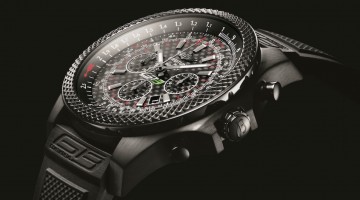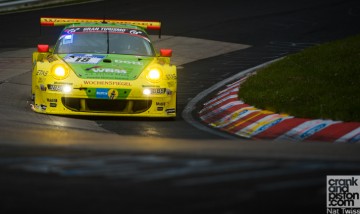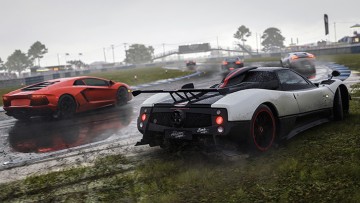Cadillac’s new ‘Art and Science’ design philosophy has customers talking about the brand again. But there have been some peaks and troughs along the way…
[Not a valid template]Between the late ‘70s and the early 2000s, the Cadillac design department clearly fell asleep at the easel and the style now synonymous with classic Americana disappeared. Wrap around windscreens, tail fins – inspired by GM’s first design chief Harley J Earl’s love of fighter planes during the second world war – and lashings of chrome became as American as apple pie in the 1950s, and the automotive fashion of choice. The Eldorado. The first generation De Ville. The Series 62. All boasted angular sweeping bodies and dagmar bumpers, the range’s new style was a key attribute to General Motors becoming the largest manufacturer in the world.
Then came the eighties and nineties, and new design chief Bill Mitchell’s less ornate style. And the Allante. The new Eldorado. The Seville. The Cimarron. Compared to their predecessors, the design of each was soul-crushingly… practical. Sure they served their purpose, took the family from A to B (sometimes without jack-knifing into oncoming traffic) and offered ample room for the groceries, but the boxy, more conservative approach meant teenagers weren’t clamouring to borrow the car. Nor was America particularly interested in the ‘new look’, one that dealt Cadillac’s bank balance a sizeable clout. All hope seemed lost until 1999 and the launch of the Evoq concept.
A lower stance, subtle flaring of the wheel arches, and razor-sharp bodylines that gave the coupe a more aggressive look, the Evoq – like the El Camino and La Espada concepts before it – was a revelation. It incorporated GM’s new Art and Science design philosophy, a subtle nod to the Art and Colour scheme overseen by Earl from day one and a method by which sharp lines and crisp edges make a vehicle appear more futuristic, both stylistically and technically. More than a decade of development further down the line, the results speak for themselves: a Cadillac actually looks like a Cadillac again, not just 1500kg of ‘car’. More significantly, it’s a philosophy that works on any model.
Take the Cadillac SRX, for instance. It’s not exactly your traditional crankandpiston fodder – being neither a high-power supercar or sportscar nor a saloon whose engine has had its nuts tuned off – but it exemplifies the new design nicely. Back in 2004, General Motors had a problem convincing consumers to buy its new ‘luxury crossover’, the SRX. It was practical enough to cart the family, the dog and a weekend’s-worth of spare socks and shirts around with ease, and offered enough spark from its V8 unit to cart said occupants around swiftly (the V6 option would take another six months to arrive). Still though the SRX lost sales to its competitors, particularly the Lexus RX, due in part to better fit and finish in its Japanese rival and a body style a little too conservative to engage America’s imagination.
Fast forward five years and more than 100,000 sales in the US alone, and it was time for the second gen SRX – which started off as the Provoq concept – to make its debut. The differences between generations were stark. Gone was the straight station wagon-esque roofline line in favour of a more sweeping and coupe-like design care of ‘Art and Science’.
At the front the contrast was even keener, mark II boasting elongated vertical headlights, a pointed nose, more air intakes and Cadillac’s aggressively revised front grille. Even the chrome roof rails, now mounted further forward thanks to the model slicing more than 100mm off the back and just over 500mm off the top, helped draw attention to the angular newcomer. And for the 2014 newcomer? New headlights. Okay, so some upgrades are more significant than others.
Here was an SUV that looked the part, and seemingly capable of kickstarting Cadillac’s mid-size SUV efforts against the Mercedes-Benz ML, the Infiniti FX and the Lexus RX. It’s a position GM still finds itself in today, with the 2014MY facelifted model. Subtle tweaks, sure – including new Intellibeam Headlamps and a new range of 18-20 aluminium wheels – but changes Cadillac hopes will translate into showroom sales.
We’re just hoping this marks the end of box-y soul crushers and the return of proper Cadillacs.
– Shots courtesy of Cadillac Arabia



